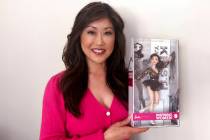‘Romeo and Juliet’ resonates with Nevada Ballet Theatre audiences — PHOTOS
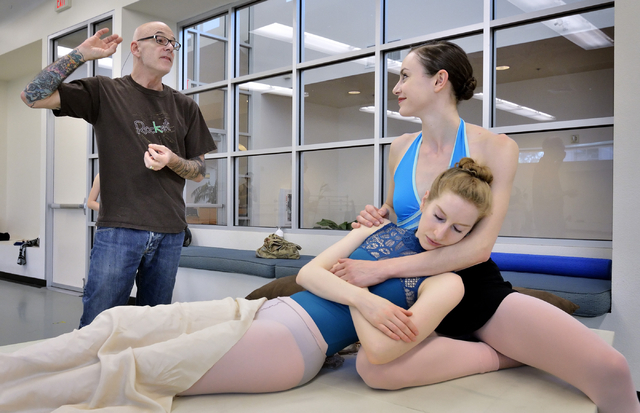
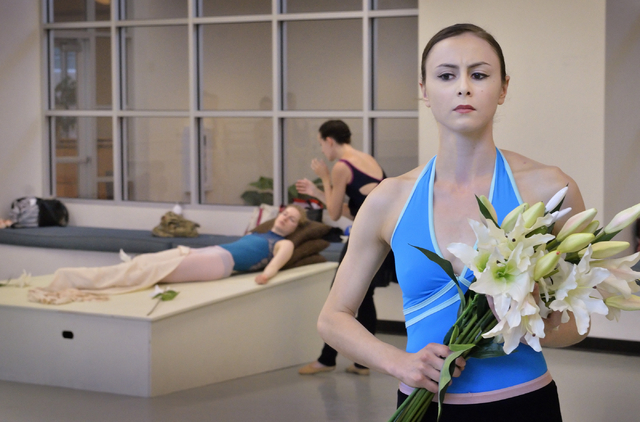
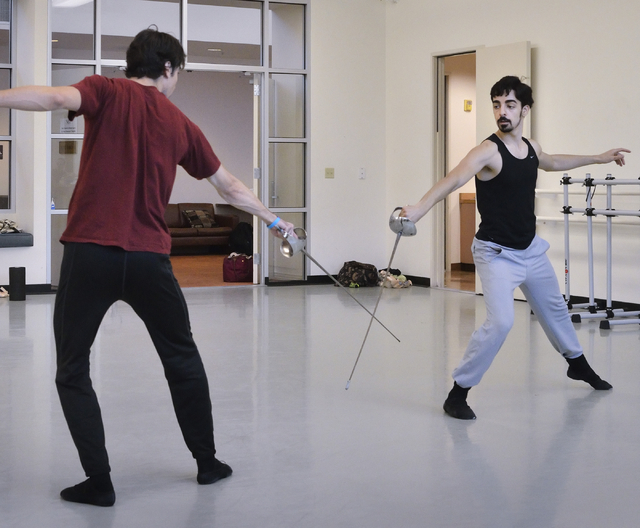


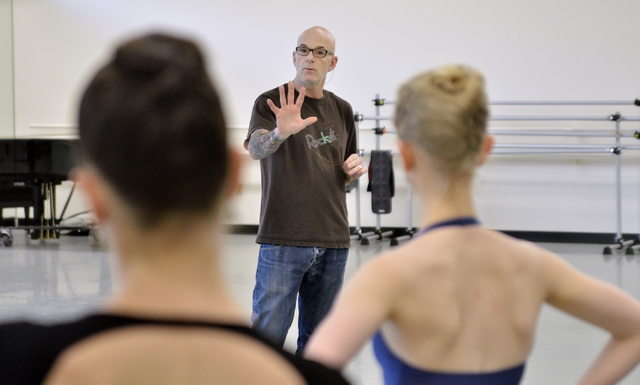
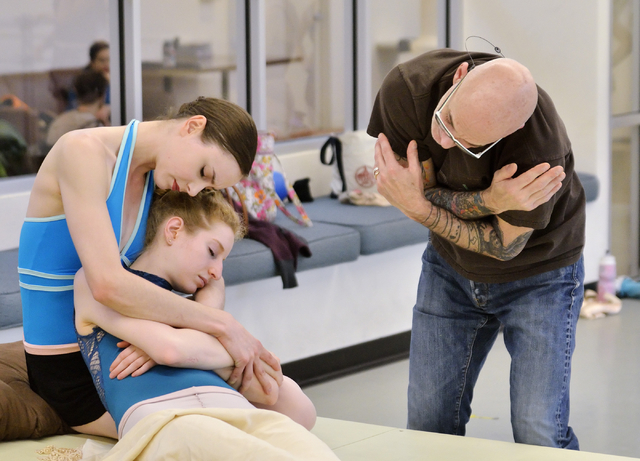

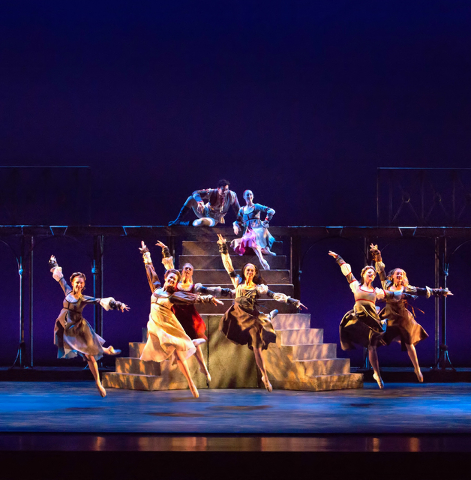
Emotion through motion.
It’s at the heart of every ballet — especially “Romeo and Juliet.”
And “Romeo and Juliet” is particularly close to the heart of James Canfield, artistic director of Nevada Ballet Theatre, which closes its season at The Smith Center this weekend with a reprise of their 2013 production.
As a member of the Joffrey Ballet, Canfield performed the role of Romeo from New York’s Lincoln Center to Los Angeles’ Music Center, earning raves for a “magnificently danced” portrayal (to quote The New York Times) that created “a Romeo all too ready for love.”
But the steps he danced at the time were created originally by choreographer John Crankocq for Germany’s Stuttgart Ballet.
Canfield choreographed his own “Romeo and Juliet” in 1989 while artistic director at Portland’s Pacific Ballet Theatre; NBT premiered Canfield’s version at The Smith Center in 2013.
Because of the evanescent nature of live performance, however, those who missed “Romeo and Juliet” three years ago said, “ ‘I wish I could have seen it,’ ” Canfield says. “When we’re limited to so few performances, when word gets out that something resonates …”
It’s no surprise to Canfield that “Romeo and Juliet” resonates so deeply with audiences — and not just because it recounts William Shakespeare’s beloved “tale of woe” centering on star-crossed lovers from warring families.
Composer Sergei Prokofiev’scq score also plays a major role in the ballet’s impact, “because he immersed himself in the play, as every artist will do,” according to Canfield. “He wrote the composition as though his name was William Shakespeare.”
Canfield immerses himself just as deeply in the tale as he rehearses “Romeo and Juliet” with NBT dancers at the troupe’s Summerlin studios.
That becomes apparent as he supervises the scene (spoiler alert — for a play that’s more than 400 years old!) in which Lady Capulet (danced by Christina Ghiardicq) discovers her daughter Juliet (Michelle Meltzercq) has taken poison.
“Everything you have been to her, from childhood, has to come out when you find her,” Canfield says before Ghiardi and Meltzer begin the sequence. “You always will reflect on the last moments. What you did, what you said. We regret when the last thing wasn’t happy.”
Even as the dancers rehearse the sequence, Canfield hovers nearby, moving in unison with them.
“Use all the music — you’ve got plenty of time,” he advises. “There’s really good strength in that stillness. Let reality set in for the moment during that stillness.”
The ballet version of “Romeo and Juliet” may lack Shakespeare’s soaring language, but the dancers cast in the title roles — Benjamin Tucker plays Romeo to Meltzer’s Juliet at this weekend’s performances — “speak the words as we’re going through a scene,” Meltzer explains.
And while “coming up with our own dialogue has been challenging,” she admits, it helps to “bring to your own character what you would say in context.”
Another exercise that helped Meltzer connect with Juliet’s character: “We stand in front of a mirror,” inches away, “getting a good look at yourself — to the point of bringing yourself to tears.” Taking the time to reflect “teaches you you need to bring yourself” to the character “from the inside out. You have to project those emotions.”
Tucker, for his part, “watched 12 different versions” of the ballet, with “probably 40 different Romeos,” he notes. “It’s different choreography, but you’re still trying to convey the same emotions.”
Like Canfield, Tucker has a special place in his heart for “Romeo and Juliet,” which he calls “the reason I’m a dancer.” Before he became an apprentice dancer, he’d only performed in “The Nutcracker” — but as soon as he was cast as a street boy in “Romeo and Juliet,” Tucker “became ballet boy.”
Not only is Prokofiev’s music “so moving,” Tucker says, it includes “running themes throughout the entire score” that “highlight the characters. That makes it easier to follow.”
And, Meltzer adds, “what’s wonderful about (Canfield’s) process is that we analyze the intention of the characters, so nothing looks like meaningless gesture.”
Not that “Romeo and Juliet” could ever be meaningless, says Canfield, who attributes the tale’s timeless appeal to “the themes that exist throughout the play (that) are parallel to people throughout every generation.”
Every time he stages the ballet, he reminds himself that “you have to allow the audience to follow the story — and allow the dancer to interpret the story. It’s taking on their strengths. I always start the process the same, but I don’t ask anybody to be the same.”
OVERSET FOLLOWS:Read more stories from Carol Cling at reviewjournal.com. Contact her at ccling@reviewjournal.com and follow @CarolSCling on Twitter.
Preview
What: Nevada Ballet Theatre’s “Romeo and Juliet”
When: 7:30 p.m. Saturday, 2 p.m. Sunday
Where: Reynolds Hall, The Smith Center for the Performing Arts, 361 Symphony Park Ave.
Tickets: $29-$139
















